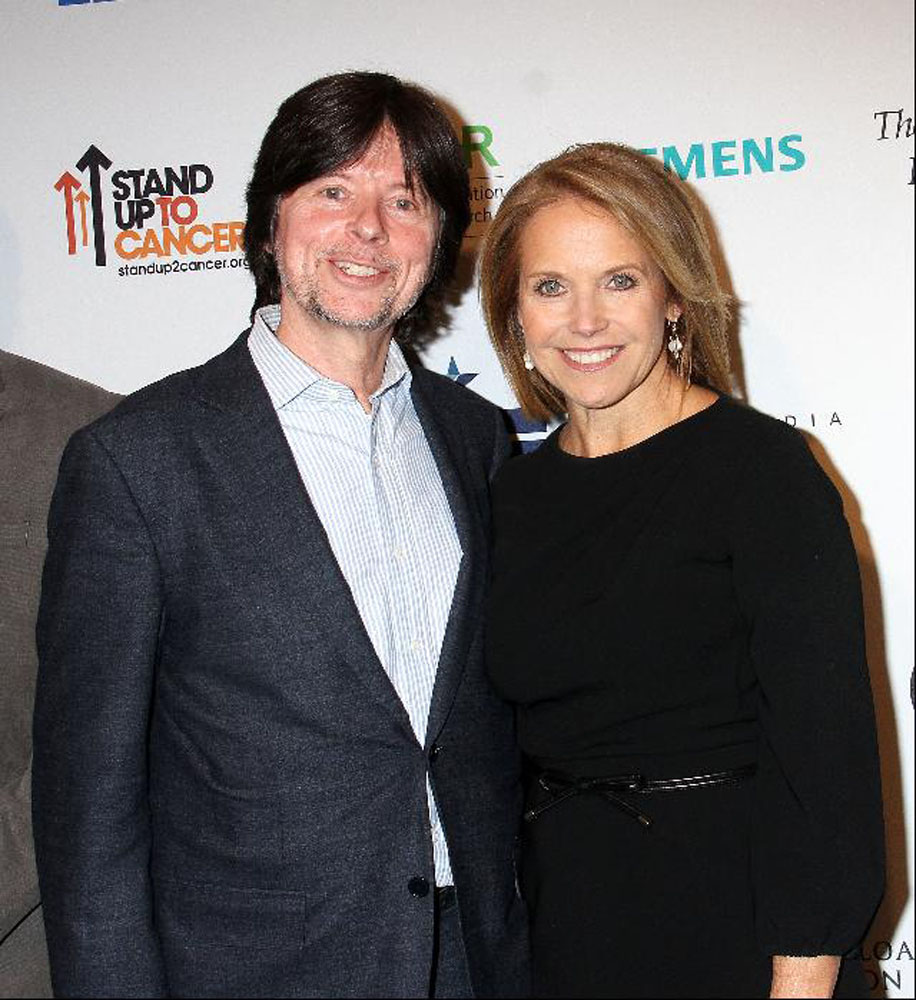I received the e-mail in May 2012. Would I be willing to be interviewed for an upcoming Ken Burns Public Broadcasting System (PBS) documentary based on the book “The Emperor of All Maladies: A Biography of Cancer”?
Um, yes.
Like all other historians, I have always dreamed of being a talking head on a Ken Burns documentary. Although popular history, these films manage to convey the past in a way that is accurate, thoughtful and accessible. Plus, this documentary was right in my wheelhouse. When writing “Emperor,” which won the Pulitzer Prize, Siddhartha Mukherjee had drawn on (and generously cited) my earlier book, “The Breast Cancer Wars.”
When one of the directors interviewed me off-camera for “Cancer: The Emperor of All Maladies,” which will be broadcast on March 30, March 31 and April 1 on PBS stations, I was on the top of my game. I had lots of stories and anecdotes, particularly about the history of breast cancer but other cancers as well. For example, my book had traced the rise of radical, disfiguring breast operations in the early twentieth century and the women who, in the 1970s, had heroically challenged their surgeons, demanding smaller operations when appropriate.
I guess I did well enough because in June 2014 I got another e-mail, this time requesting an on- camera interview. My dream was so near! Yet so far. I was out of town on the day that the taping was to be done. When I told my contact this, she was reasonably sure that there would be another day of taping in which they could film me.
You know where this is going. For various logistical reasons, another taping never occurred. So when I watch the entire six hours of “Cancer,” the only exposure I am likely to receive is a thank you in small letters at the end of the documentary.
But, as it turns out, I was not needed. Having seen multiple clips, I can assure you that the film is another spectacular Ken Burns product, enhanced by the fact that the film’s director is the very talented writer and filmmaker Barak Goodman.
The story goes all the way back to Eygpt around 1600 BC, when the first recorded documentation of breast cancer was made. It then leapfrogs to the late nineteenth century, when Johns Hopkins University surgeon William S. Halsted devised his radical mastectomy, a dramatic operation which he believed was the best chance for curing women with the disease. As with all Burns’ documentaries, this one is replete with amazing old images, video clips and cartoon sequences that help explain the subject matter. I don’t think I have ever seen a better explanation and depiction of an oncogene (a mutated gene that promotes cancer growth) than in this film.
To use the familiar sports analogies that often accompany medicine, breast cancer is probably about a double. Mortality from the disease has declined substantially over the past few decades. Even as women receive much less surgery than in Halsted’s era, plus more directed courses of radiation and chemotherapy, those with stage I and II disease have survival rates in the 85-90 percent range. But there are still very aggressive variants of the disease that cannot be cured and account for a high percentage of the 40,000 annual deaths in the United States.
Personal stories are a common feature of these types of documentaries and “Cancer” is no exception. We meet Lori Wilson, a breast surgeon who, due to incredibly bad luck, develops fairly advanced cancer in both breasts. The camera is given especially close access as she undergoes very aggressive treatment, including removal of both breasts, while continuing to work and raise her young son. It is incredibly moving.
So, too, is the story of childhood leukemia. Once a death sentence, often due to uncontrollable bleeding, it is largely curable these days. But as the film documents, it was not easy. Building on Mukherjee’s research, Burns and Goodman tell how doctors in the 1960s began using four simultaneous chemotherapeutic drugs for these children. Even though some of their contemporaries felt this was inhumane, these researchers—several of whom are interviewed—persisted, and have saved thousands of young lives as a result. This was a home run.
But the job is not done. In another emotional sequence we meet a young girl getting a novel treatment known as immunotherapy to counter her very rare, usually fatal cancer. The scenes of her near-death in an intensive care unit are as dramatic as you are likely to see in a Hollywood film.
These success stories are heartening, but medicine is still striking out as far as some cancers go (baseball, again). For example, mortality from pancreatic and lung cancers remains almost as high as it has always been. Smoking cessation campaigns have lowered rates of lung cancer, but we still discover these tumors too late in the process, when they have already spread.
Like Mukherjee’s book, “Cancer” is especially good at connecting past efforts to fight cancer with the future. Many of the film’s talking heads, including Mukherjee, argue that we are on the precipice of major advances, and it is hard to disagree. In particular, new knowledge of the genetic basis of most cancers, which are caused by mutated genes that interfere with the body’s normal protective mechanisms, promises new discoveries in both cancer detection and treatment. Immunotherapy represents a major breakthrough.
But for now, sit back and watch six hours of fascinating and entertaining television. You will learn a lot about what may be the most important disease there is. Just don’t look for me.
First posted on forbes.com on March 26, 2015
